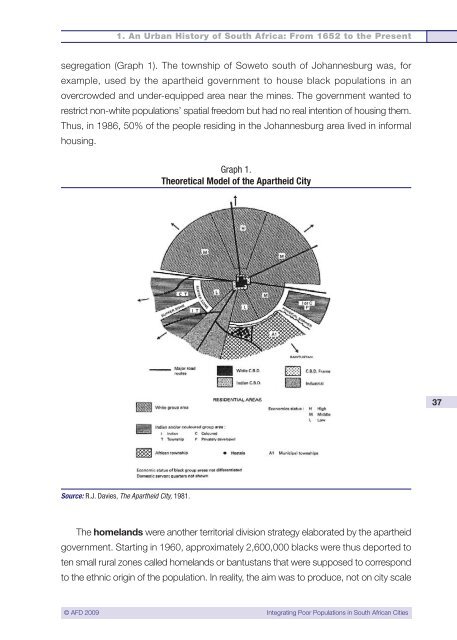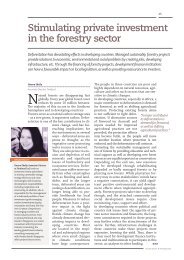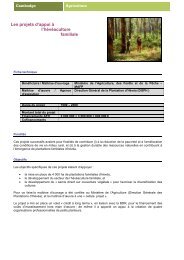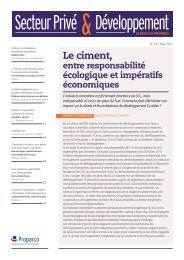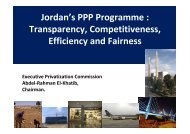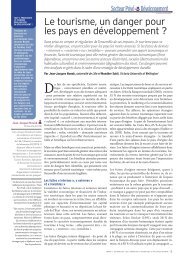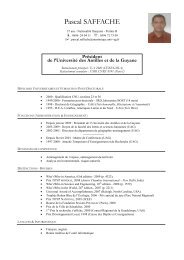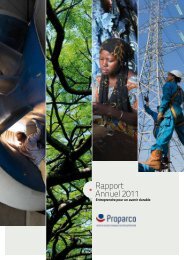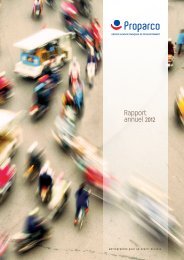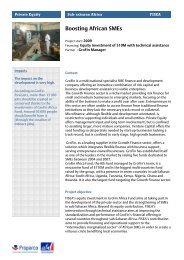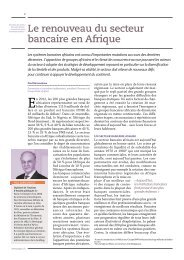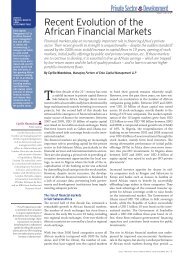Integrating Poor Populations in South African Cities - Agence ...
Integrating Poor Populations in South African Cities - Agence ...
Integrating Poor Populations in South African Cities - Agence ...
You also want an ePaper? Increase the reach of your titles
YUMPU automatically turns print PDFs into web optimized ePapers that Google loves.
1. An Urban History of <strong>South</strong> Africa: From 1652 to the Present<br />
segregation (Graph 1). The township of Soweto south of Johannesburg was, for<br />
example, used by the apartheid government to house black populations <strong>in</strong> an<br />
overcrowded and under-equipped area near the m<strong>in</strong>es. The government wanted to<br />
restrict non-white populations’ spatial freedom but had no real <strong>in</strong>tention of hous<strong>in</strong>g them.<br />
Thus, <strong>in</strong> 1986, 50% of the people resid<strong>in</strong>g <strong>in</strong> the Johannesburg area lived <strong>in</strong> <strong>in</strong>formal<br />
hous<strong>in</strong>g.<br />
Graph 1.<br />
Theoretical Model of the Apartheid City<br />
37<br />
Source: R.J. Davies, The Apartheid City, 1981.<br />
The homelands were another territorial division strategy elaborated by the apartheid<br />
government. Start<strong>in</strong>g <strong>in</strong> 1960, approximately 2,600,000 blacks were thus deported to<br />
ten small rural zones called homelands or bantustans that were supposed to correspond<br />
to the ethnic orig<strong>in</strong> of the population. In reality, the aim was to produce, not on city scale<br />
© AFD 2009 <strong>Integrat<strong>in</strong>g</strong> <strong>Poor</strong> <strong>Populations</strong> <strong>in</strong> <strong>South</strong> <strong>African</strong> <strong>Cities</strong>


